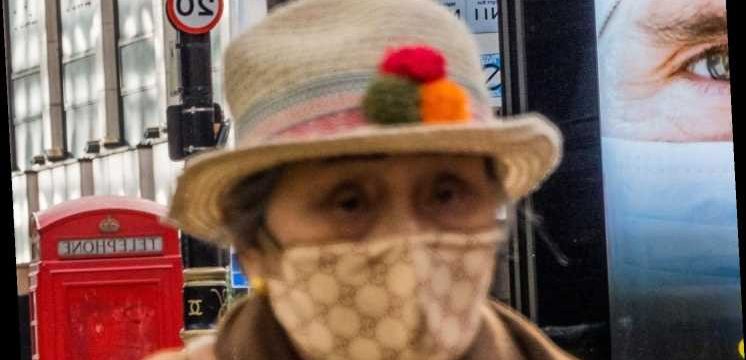LONDON is currently in Tier Two of the Government's coronavirus alert system.
But London mayor Sadiq Khan warned Covid-19 could see circumstance change in the capital quickly – prompting fears the city could be placed into the highest alert level.
⚠️ Read our coronavirus live blog for the latest news & updates
Will London go into Tier 3 lockdown?
The capital is currently in Tier Two of the new lockdown system – with the 10pm curfew and the Rule of Six still in place.
London was placed on the Covid-19 watch list at the end of September, meaning that the city will be able to get extra support – with more access to tests and other help.
But Londoners could find themselves in a Tier 3 lockdown within two weeks unless coronavirus infections drop, it was reported last night (October 29, 2020)
The capital's R rate has skyrocketed to 2.9, meaning people are on average passing the virus on to three other people, compared to 1.56 nationally.
Researchers from Imperial College London warned: “The epidemic is now increasing most rapidly in the Midlands and South.
“Patterns of growth rate and the age distribution of cases in the South now are similar to those observed in northern regions during the prior two rounds of this study,” they said.
Sources close to City Hall said London Mayor Sadiq Khan believes it is "highly likely" that Tier Three restrictions will be brought to London in the "coming weeks", the Mail reported.
Khan said new measures were necessary and people in the capital could not “bury their heads in the sand” about the need for further restrictions.
“The virus is spreading rapidly in every corner of our city,” he said.
“Nobody wants to see more restrictions, but this has been deemed necessary to protect London by myself, London council leaders and ministers.”
If Londoners have Covid-19 symptoms they should apply for a test at nhs/coronavirus or call 119.
What are the current restrictions in London?
London moved into Tier 2 restrictions on October 17.
The city was moved from “medium” alert to “high” alert, with fresh measures rolled out to stop the spread of the virus.
It means Londoners can no longer mix inside with people who are not from their household.
And people should avoid using public transport when possible.
When meeting outside, only two households will be able to mix.
Current social distancing measures, the "rule of six" outdoors and the 10pm curfew will continue in this tier.
However, all businesses and venues can continue to operate, in a Covid-secure way, unless they're closed by law – such as clubs and adult entertainment venues.
Weddings and funerals can go ahead with restrictions on the number of attendees.
Organised indoor sport and exercise classes can continue to take place, provided the rule of six is followed.
How many coronavirus cases are in London?
As of October 30, 2020, an number of London boroughs are reporting high Covid-19 cases.
Figures released by Public Health England showed that Ealing remains the worst-affected borough with 4,599 confirmed Covid-19 cases recorded since the start of the pandemic, following a spike of 80 cases yesterday.
Barnet trails close behind with 4,318 confirmed cases, after the North London borough saw 87 new cases in the past 24 hours.
East London continues to have a high rate of new cases, with the boroughs of Redbridge, Barking and Dagenham, Tower Hamlets and Newham reporting spikes in new infections.
Figures compiled by the PA news agency showed that 21 London boroughs have broken the key level of more than 100 cases per 100,000 people.
London coronavirus cases by borough (in alphabetical order)
Barking and Dagenham – 2,201
Barnet – 4,318
Bexley – 2,265
Brent – 3,772
Bromley – 3,101
Camden – 2,261
Croydon – 3,719
Ealing – 4,599
Enfield – 3,432
Greenwich – 2,331
Hackney and City of London – 3,344
Hammersmith and Fulham – 2,3005
Haringey – 2,675
Harrow – 3,080
Havering – 2,797
Hillingdon – 3,371
Hounslow – 3,253
Islington – 2,053
Kensington and Chelsea – 1,628
Kingston upon Thames – 1,993
Lambeth – 3,501
Lewisham – 2,684
Merton – 2,016
Newham – 3,851
Redbridge – 3,769
Richmond upon Thames – 2,052
Southwark – 3,297
Sutton – 1,965
Tower Hamlets – 3,229
Waltham Forest – 2,811
Wandsworth – 3,371
Westminster – 2,387
Source: Read Full Article



